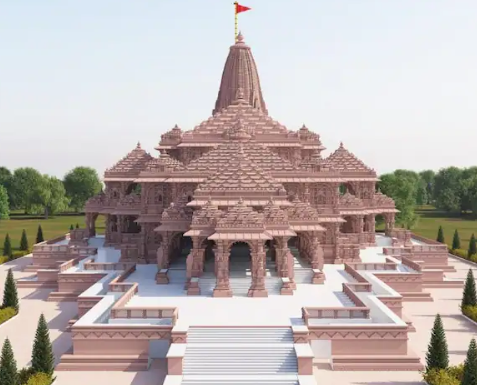
Ayodhya is a city located in the northern Indian state of Uttar Pradesh, and is famous for its rich cultural and religious heritage. The city is located on the banks of the Sarayu River and is revered as the birthplace of Lord Rama, one of the most important deities in Hinduism. Ayodhya has a long and storied history, with archaeological evidence suggesting that it has been inhabited since at least the 6th century BCE.
One of the most important events in Ayodhya’s history was the construction of the Ram Janmabhoomi Temple, which is believed to have been built on the spot where Lord Rama was born. The temple has been the subject of much controversy and dispute over the years, with various groups claiming ownership and rights to the land on which it stands. In 1992, a group of Hindu activists demolished a mosque that had been built on the site, sparking widespread protests and violence across India.
Despite this tumultuous history, Ayodhya remains an important pilgrimage site for Hindus, who come from all over the world to pay homage to Lord Rama and other deities. The city is home to numerous temples, including the Hanuman Garhi Temple, the Kanak Bhawan Temple, and the Nageshwarnath Temple, all of which are believed to have been built during the reign of the Gupta Empire in the 5th century CE.
Ayodhya is also known for its rich cultural traditions, which include classical music, dance, and folk art. The city is particularly famous for its Ram Leela performances, which are held during the festival of Navratri and depict the life and adventures of Lord Rama. These performances are accompanied by traditional music and dance, and are a highlight of the city’s cultural calendar.
In recent years, Ayodhya has undergone a transformation, with the Indian government launching a major development project aimed at improving the city’s infrastructure and tourism facilities. The project includes the construction of a new airport, the development of a riverfront promenade, and the restoration of several historic buildings and monuments.
In conclusion, Ayodhya is a city of great historical and cultural significance, and remains an important pilgrimage site for Hindus around the world. Despite the controversies and disputes that have surrounded it, the city continues to inspire awe and reverence, and its rich cultural traditions and heritage are a testament to the enduring power of faith and devotion. As Ayodhya continues to develop and evolve, it will undoubtedly remain a symbol of India’s rich cultural and religious diversity.









